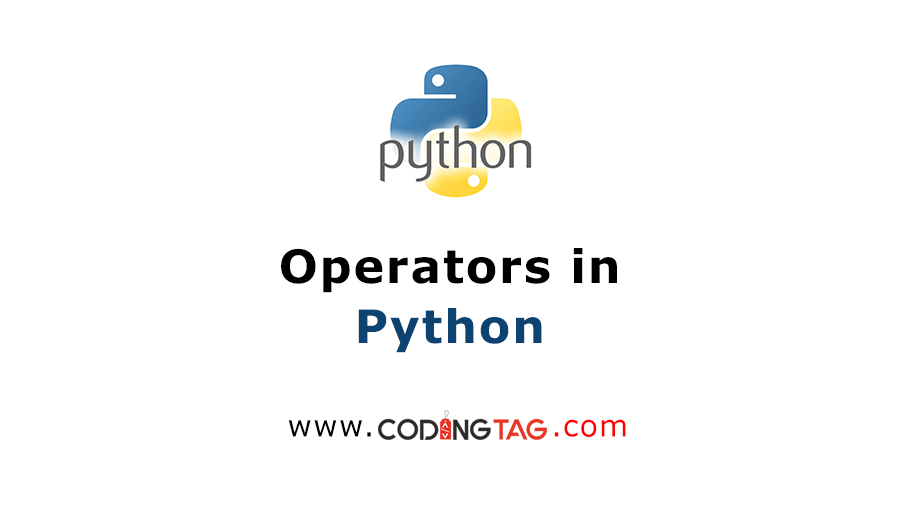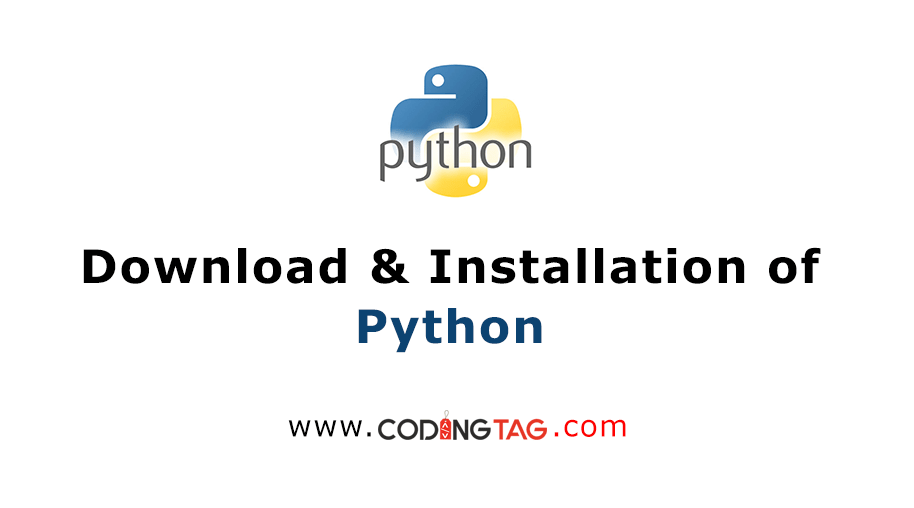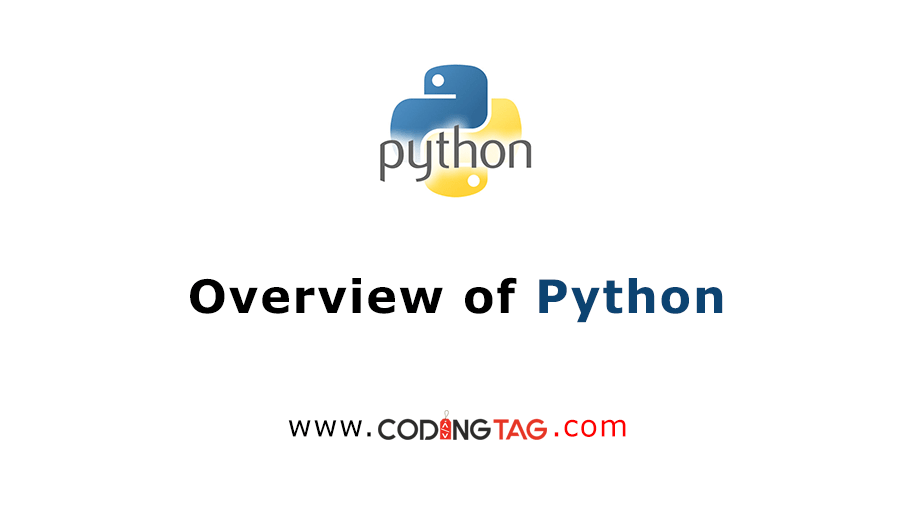Heap queue or heapq in Python
0 109
Mastering the heapq Module in Python
The heapq module in Python provides an efficient implementation of the heap queue algorithm, also known as the priority queue algorithm. This module allows you to maintain a list in heap order, enabling efficient retrieval of the smallest element.
What Is a Heap?
A heap is a special tree-based data structure that satisfies the heap property:
- Min-Heap: In a min-heap, for any given node
I, the value ofIis less than or equal to the values of its children. Thus, the smallest element is always at the root. - Max-Heap: In a max-heap, the value of
Iis greater than or equal to the values of its children, making the largest element the root.
In Python, the heapq module implements a min-heap by default. This means that the smallest element is always at the root of the heap.
Key Functions in heapq
The heapq module provides several functions to work with heaps:
heapq.heappush(heap, item): Push the valueitemonto the heap, maintaining the heap invariant.heapq.heappop(heap): Pop and return the smallest item from the heap, maintaining the heap invariant. If the heap is empty,IndexErroris raised.heapq.heapify(x): Transform listxinto a heap, in-place, in linear time.heapq.nlargest(n, iterable, key=None): Return a list with thenlargest elements from the dataset defined byiterable.heapq.nsmallest(n, iterable, key=None): Return a list with thensmallest elements from the dataset defined byiterable.
Example: Using heapq to Manage a Priority Queue
Here's an example of how to use the heapq module to manage a priority queue:
import heapq
# Create an empty list to represent the heap
heap = []
# Push items onto the heap
heapq.heappush(heap, (2, 'task 2'))
heapq.heappush(heap, (1, 'task 1'))
heapq.heappush(heap, (3, 'task 3'))
# Pop the smallest item
priority, task = heapq.heappop(heap)
print(f'Executing {task} with priority {priority}')
In this example, tasks are represented as tuples where the first element is the priority. The heappush function adds tasks to the heap, and heappop removes and returns the task with the highest priority (i.e., the smallest priority number).
Applications of heapq
The heapq module is useful in various scenarios:
- Priority Queues: Managing tasks with different priorities.
- Efficient Sorting: Finding the largest or smallest elements in a dataset.
- Graph Algorithms: Implementing algorithms like Dijkstra's shortest path algorithm.
- Data Streams: Processing data streams where you need to maintain a subset of the largest or smallest elements.
Conclusion
The heapq module in Python provides a simple and efficient way to work with heaps and priority queues. By understanding and utilizing the functions provided by this module, you can manage data with varying priorities effectively.
If you’re passionate about building a successful blogging website, check out this helpful guide at Coding Tag – How to Start a Successful Blog. It offers practical steps and expert tips to kickstart your blogging journey!
For dedicated UPSC exam preparation, we highly recommend visiting www.iasmania.com. It offers well-structured resources, current affairs, and subject-wise notes tailored specifically for aspirants. Start your journey today!

Share:






Comments
Waiting for your comments